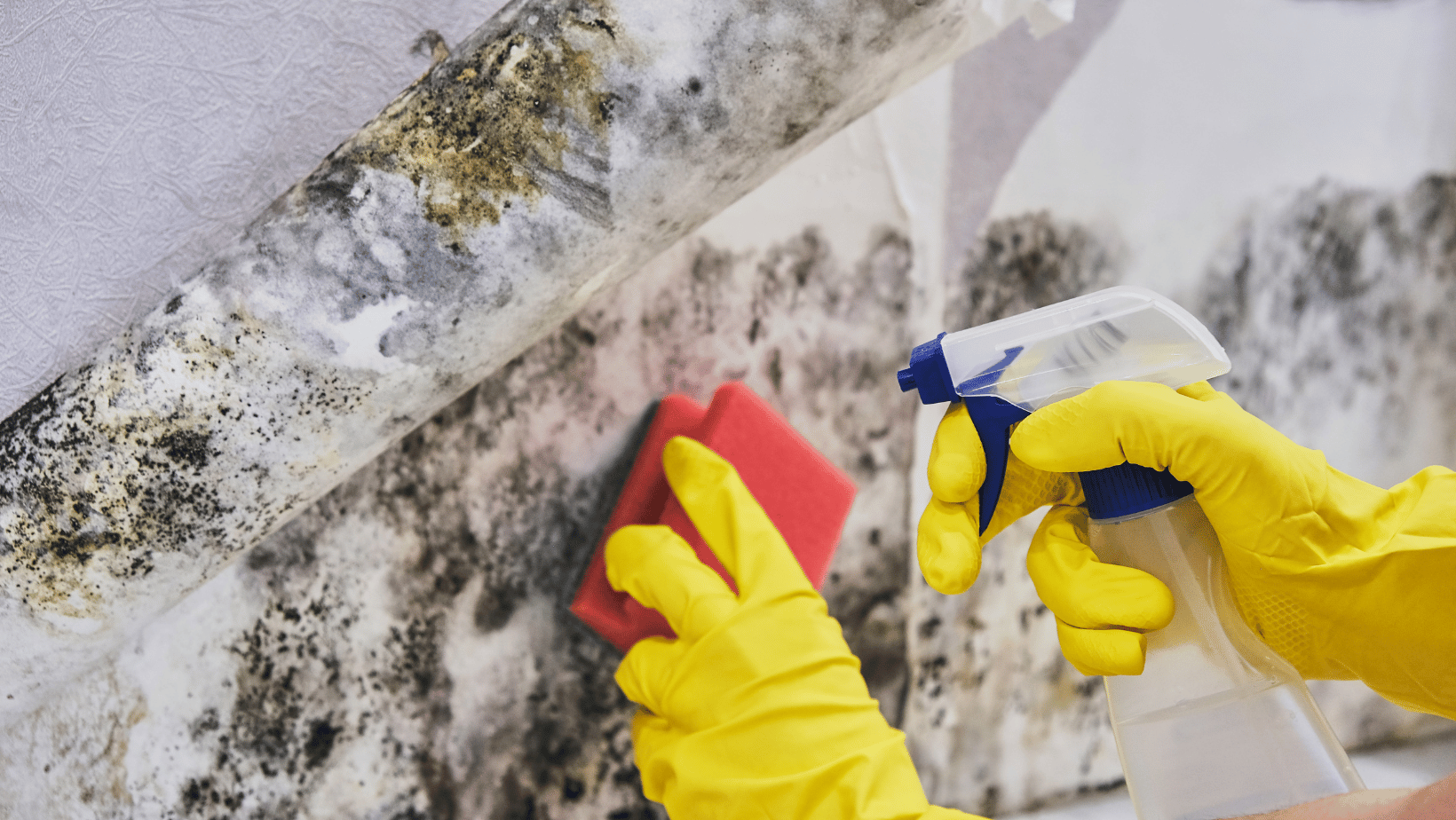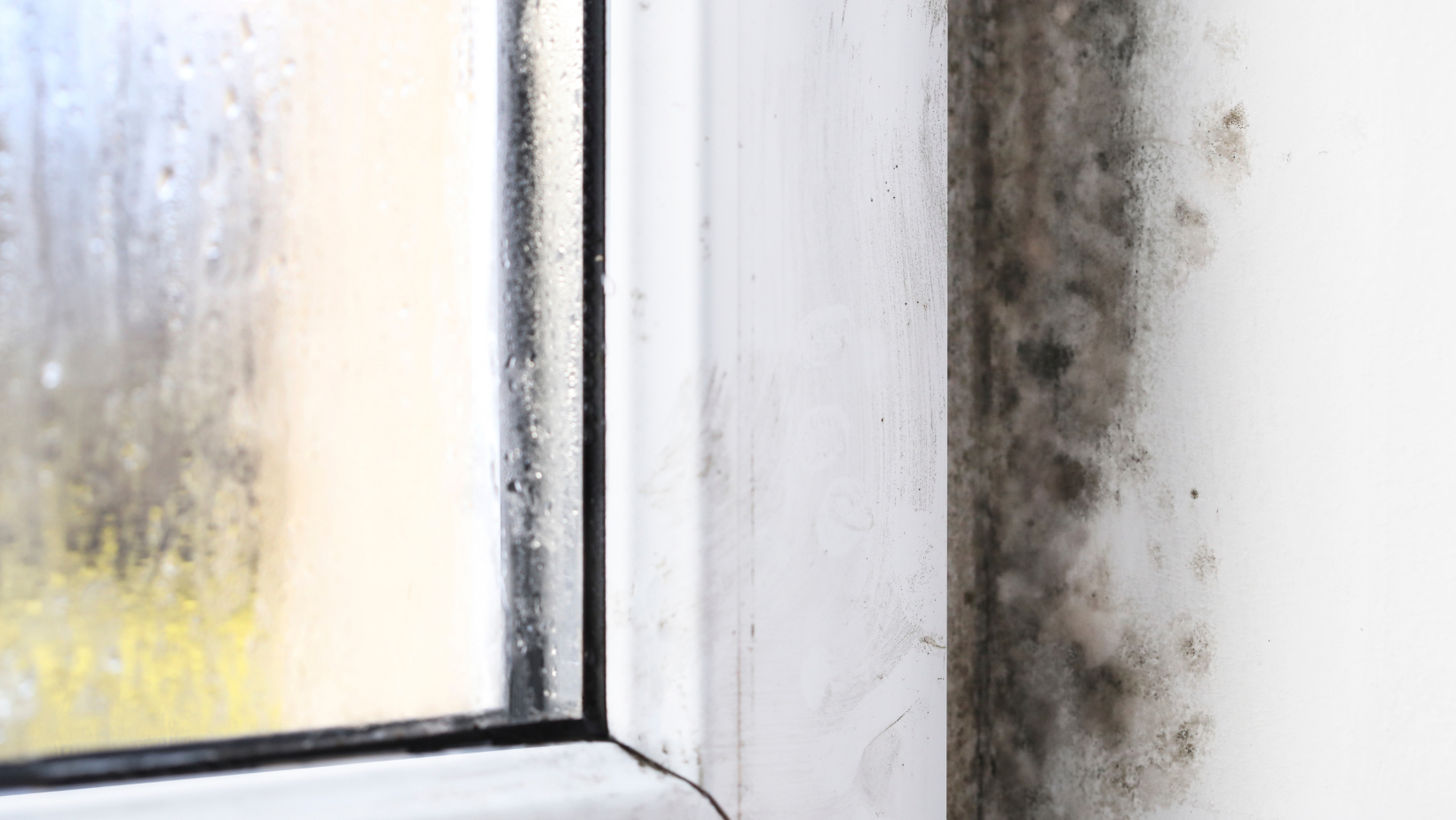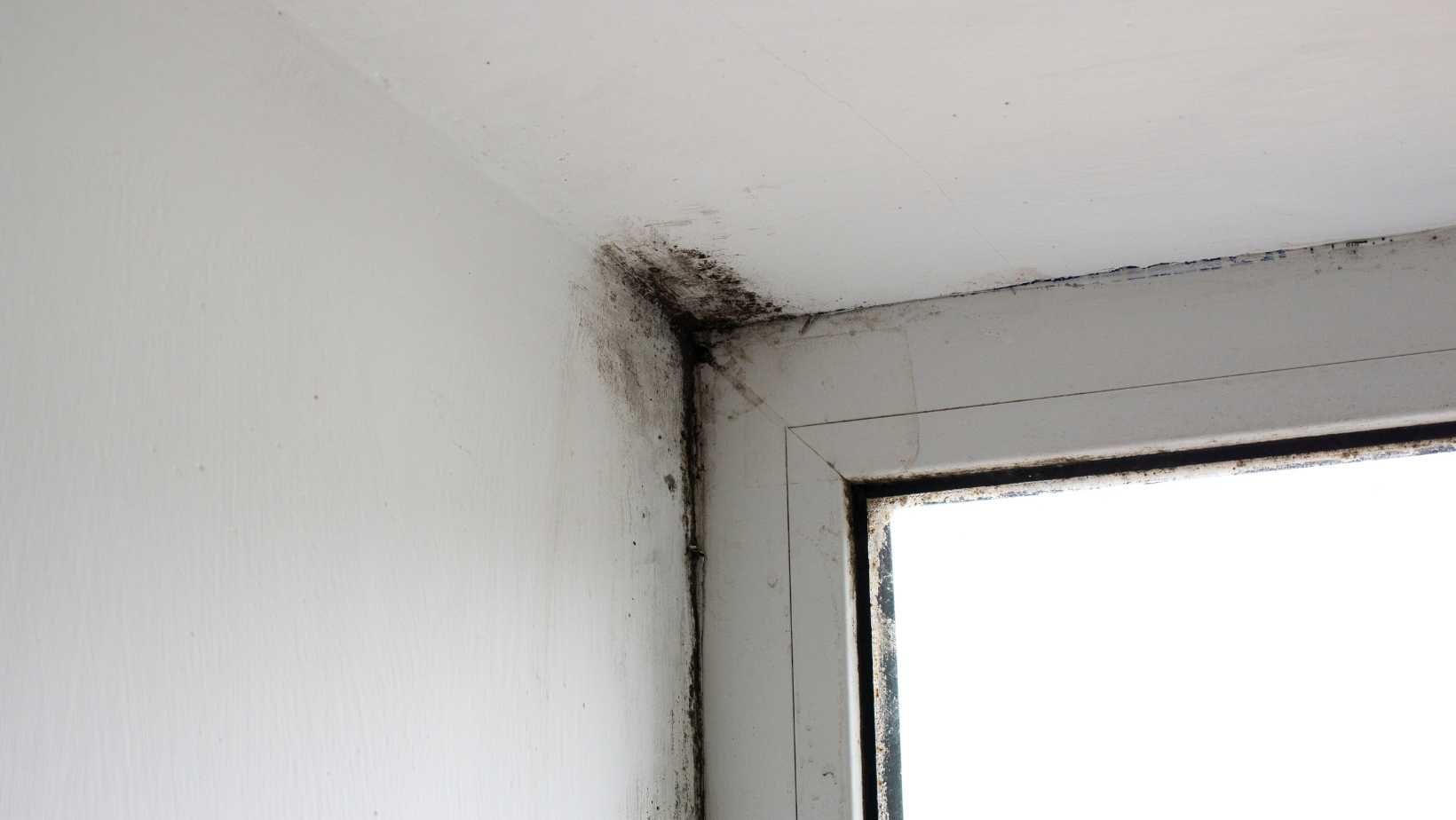What Materials Attract Mold and Which Need Cleaning or Replacing?

Mold Remediation and Removal in Abbeville, LA
Are you constantly battling mold in your home or office? Ever wondered why certain materials seem more susceptible than others? In this comprehensive guide, we'll dissect these questions, helping you understand what materials mold can grow on and when these materials can be cleaned or need to be replaced. As experts in Abbeville, LA, mold remediation, we ensure you make the best choices for a healthy environment.
What Materials Can Mold Grow On?
Did you know that mold is a bit like a needy house guest? It requires certain conditions to thrive, including moisture, warmth, and a surface or substrate to grow on. Let's dive into a few of the most susceptible materials to mold growth.
1. Drywall and Plaster
Many folks get blindsided when they find mold making a home on their drywall and plaster. Why? Because these materials are porous and retain moisture. In ideal damp conditions, mold spores see them as a veritable buffet.
2. Wood
Wood, another porous material, is an all-time favorite for mold. It absorbs and retains moisture, making an irresistible invitation for spores to settle down and grow.
3. Carpet and Upholstery
Carpets and upholstery are also mold magnets. Organic materials, dust, and skin cells trapped in the fibers can feed mold, while spills and humidity provide the needed moisture.
4. Paper and Cardboard
Ever noticed mold on old books or cardboard boxes? That's because paper products, being organic and absorbent, are mold's best friend in a damp environment.
Understanding Mold Remediation
Once you've identified mold, it's crucial to tackle it head-on. That's where we come in, providing effective mold removal in Abbeville, LA. But what does the process involve? Let's take a look.
1. Assessment
First, we assess the situation, pinpointing the extent and type of mold. No point running before we can walk, right?
2. Containment
We then isolate the affected area to prevent the mold from spreading. It's a bit like putting a naughty kid in time-out.
3. Filtration
Next, we clean the air using HEPA filters to remove mold spores. Think of it as giving the air a good spring cleaning.
4. Removal
The big event. We remove mold from the affected materials, cleaning them thoroughly or advising on replacements.
When To Clean and When To Replace
So, we've identified the mold and the materials it's taken a liking to. Now comes the all-important question – do you clean or replace?
1. Cleaning
Non-porous materials like metal, glass, and hard plastics can often be cleaned, as mold struggles to penetrate these surfaces. A good scrubbing with a mold remover can get the job done in most cases.
2. Replacement
Porous materials like drywall, carpet, and upholstery might need replacement if they are extensively damaged. After all, prevention is better than cure!
In the battle against mold, knowledge is your greatest weapon. Knowing what materials mold can grow on and when to clean or replace them can be the game-changer in creating a mold-free environment. Mold removal and remediation in Abbeville, LA, is a specialized task, and our team of experts is more than equipped to help you navigate this often confusing and worrying journey. Remember, mold remediation isn't just about removal; it's about prevention too. So, stay vigilant, keep informed, and don't hesitate to contact us when you need support.
If you suppose a mold problem in your home, do not hesitate to call us for the best mold inspection Abbeville, LA offers.
You might also like
DryMax Mold Blogs




